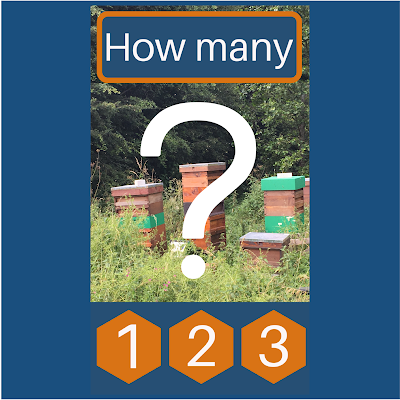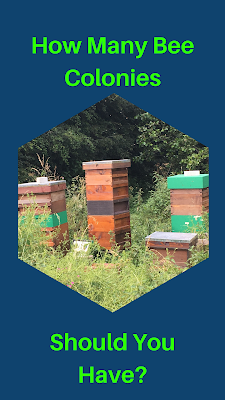New year is a time to reflect upon the year gone by and to look forward to the coming year, to make plans and to, hopefully, learn from our mistakes. Beekeepers too often use this quiet time to make plans for the coming season.
2020 has been pretty unique to put it mildly, I don’t need to go into details, those lucky enough to see it’s end are all familiar with stories of health, economic and metal health issues. I have been relatively lucky, my full time occupation enabled me to carry on working, maintaining a sense of normality. Lockdown didn’t mean that I was confined to my home when not at work: beekeeping activities were designated a permissible activity. This was, though, a solitary exercise, I usually use hive inspections as an opportunity to mentor new beekeepers and volunteering at my local association apiary meant that these inspections are usually somewhat of a social event.
Still these lonely hive inspections offered time to relax, think and time to just let the mind wander. They were more numerous too, not being able to do much else meant that I spent more time with my bees. I concentrated on my main apiary, on an allotment site, thereby minimising contact with other people.
I have been able to experiment with my queen rearing, I tried out the ‘Ben Harden’ method which after failing to get grafts drawn on two consecutive attempts discovered eggs and young larvae in the box containing my grafts. The queen was subsequently found and returned to her rightful place. Fundamental principles like ‘ensure there is no queen in the cell raiser’ are always correct, everyone knows this to be true but we still need a reminder sometimes!
I have had other disasters too. All of them were of my own making rather than that of the bees. I failed on one occasion to remove foam from the entrance of a nuc that housed a special queen. I was devastated to find the colony had overheated, the comb collapsed and bees were dead. These stupid mistakes are easy to make but almost just as easy to avoid, I now make a final check of all hives before leaving the apiary. Are the roofs on and correctly secured? Are all entrances open? Easy!!
Triumphs this year? Well I have managed to raise more queens than I have done in previous years, I have increased colony numbers and passed colonies onto other beekeepers. I was able to help a beekeeping friend who, last year, lost a large number of colonies through a really unfortunate set of circumstances that were not if his doing. At one point I had bees in all of my hives and nuc boxes and so had to experiment with using Correx boxes as mating hives, this worked really well but I would only attempt this in warm summer months. Swarming this year, or rather the lack of it has been great, I am sure that having more time to spend with my bees was a major factor here and meant that I lost only one swarm this year. That one hadn’t gone unnoticed either, swarm prevention measures had been put in place but the queen left anyway, sometimes whatever you do the bees will have their way.
The queens that I have raised this year have, without exception, been grafted from the Irish queens that I acquired in 2018. I have said this previously but it’s worth saying again, they have proved to be gentle, productive and forgiving bees. I will continue to use these as breeder queens in 2021 but will also try a few rounds using stock from the wild tree survivor bees that I found in 2017, yes they’re still going strong! I’m also trying out a Langstroth hive for the first time next year, a customer has both National and Langstroth hives, being pleased with the colony I supplied last year has requested a nucleus in this format so I decided to purchase a hive to trail I’ll let you know how I get on.
Well that’s it for this year, I wish you all a happy, healthy and prosperous new year.













